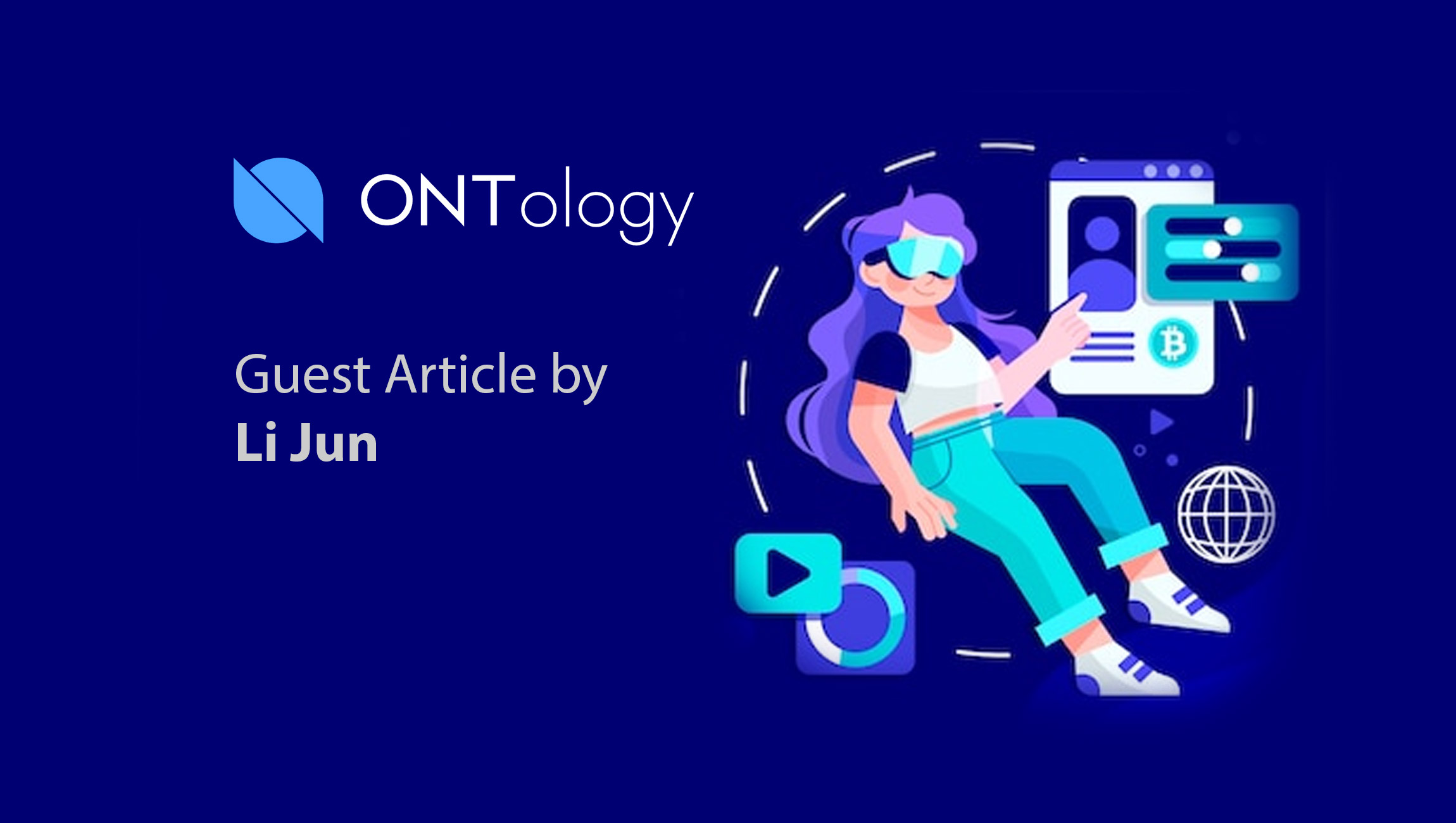The pandemic and the Great Resignation have recontextualized the working world across nearly every industry, and leaders of even some of the world’s most well-established companies have been left scratching their heads as to how to engage employees, attract new talent and – most importantly – retain the quality workers they already have.
Companies are still reeling from this phenomenon, and the biggest problem across all industries has been burnout. According to the Society for Human Resource Management, a record 47.8 million workers quit their jobs in 2021 – an average of nearly 4 million each month. Many top businesses are struggling to navigate a paradigm shift that has seen workers less enthusiastic than ever about their jobs. Even industry leaders are still figuring out the best practices of how to drive the results they want, but it’s becoming increasingly clear that incentives are a critical piece of the puzzle.
The most recent jobs report from the Bureau of Labor Statistics indicates that unemployment numbers have at last returned to pre-pandemic levels, but the cultural impact on perceptions of work remain and will be a factor in both hiring and retention, even if this red-hot labor market continues.
Marketing Technology News: MarTech Interview with Laura Ritchey, EVP and COO at Radial
Historically, conventional wisdom has held that bigger salaries and more robust benefit packages will ultimately win over all but the most loyal employee, but recent studies have revealed just how important rewards, incentives and simple kindness can be in building the kind of loyalty that translates to a long-term, loyal staff. This is especially important in today’s distributed workforce, where a significant number of employees work remotely and don’t experience many traditional, in-person forms of reinforcement.
In terms of attracting and retaining employees, there are two main types of rewards and incentives to consider: cash and non-cash rewards and incentives.
Cash incentives are, as it sounds, anything involving cash. This can come in the simple form of a higher salary or include bonuses, profit-sharing, cash prizes, company matches, paid time off. While these are certainly welcome, these incentives have a tendency to be perceived simply as additional money, and go straight into the bank account with the rest of an employee’s salary. Once it’s there, it’s easy for an employee to feel resistance to taking it out to treat themselves.
Non-cash incentives can take myriad forms, but are generally a tangible reward that offers something besides straight money, often emphasizing experiences and fun. Examples include promotional products, gift cards, merchandise or even prize experiences, such as paid trips for teams that win a contest. Contrasting with cash incentives, non-cash incentives either give a treat directly or provide a “forced” path to it, ensuring that the employee treats themselves and enjoys the happiness brought on by whatever the incentive might be.
A recent study by the Incentive Research Foundation pulled together numbers from Gallup, Robert Half, SHRM, the National Bureau of Economic Research (NBER), and other groups to find that almost three quarters of the “white collar” workforce in the US was working completely remotely through the first half of 2021.
Marketing Technology News: Don’t Let Bad Data Sabotage Your Sales And Marketing Efforts
Since then:
- 67 percent of employees continue to work remotely at least some of the time, with 90 percent of them preferring such an arrangement.
- Three quarters of employers have said they intend to continue practicing remote work indefinitely.
- NBER has stated in an April 2022 report that the number of Americans working remotely post-pandemic will see a permanent increase of 400 percent.
The IRF found in a separate study that the current labor climate, mixed with the tumultuous change in the way that we work, calls for a review of how we handle incentives, rewards and recognition programs . The study found that, in a remote work environment, tangible rewards such as personalized gifts, celebratory meals or peer-to-peer rewards and recognition programs proved to be highly effective at building both employee engagement and retention while battling the feelings of isolation that can all too easily crop up in a distributed workforce.
This approach of kindness – the idea of saying “thank you”, respecting employees every day and recognizing their efforts through small gestures goes far beyond work culture fluff – it’s now critical for both hiring and retaining employees in this era.
It’s important not just to make a token gesture out of these recognitions, but to put in the work to do them right. If, say, a vegan employee is given a gift card to a steak house, they may actually feel worse and less recognized than if they’d been given nothing at all.
With today’s distributed workforce, reaching this level of personalization can be a challenge, especially in large organizations. It’s important to do it and do it well, though. Studies show that the overwhelming majority of companies are already doing something in the realm of non-cash incentives. Doing it well can be a surprisingly major differentiator against the competition and result in more engaged hires and loyal, long-time employees.











